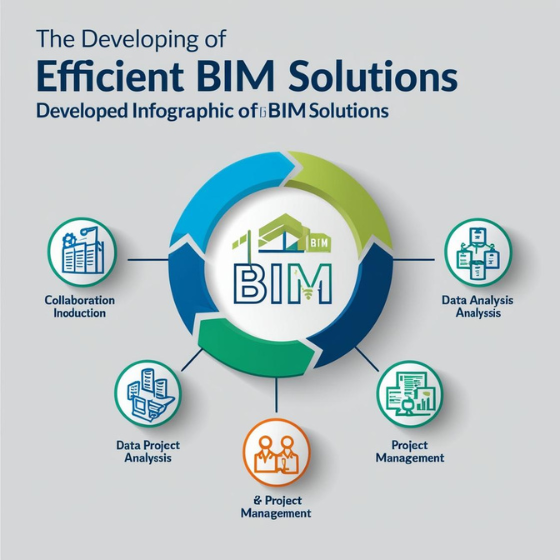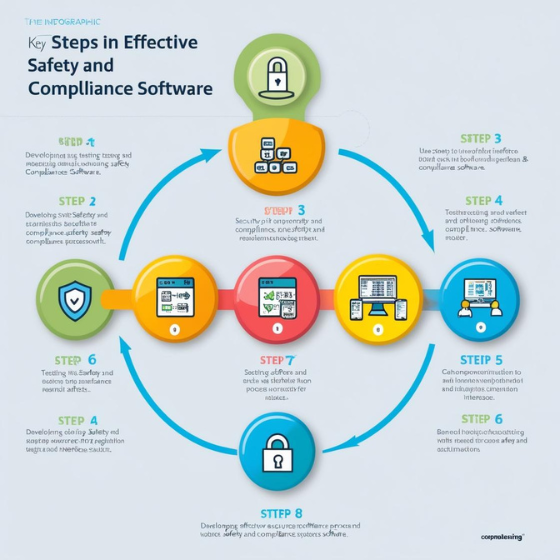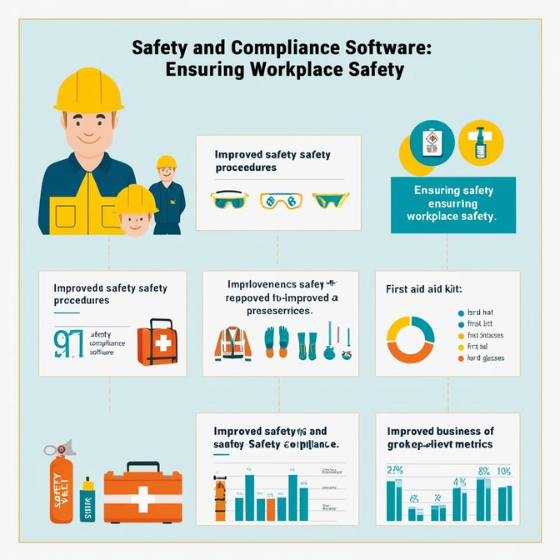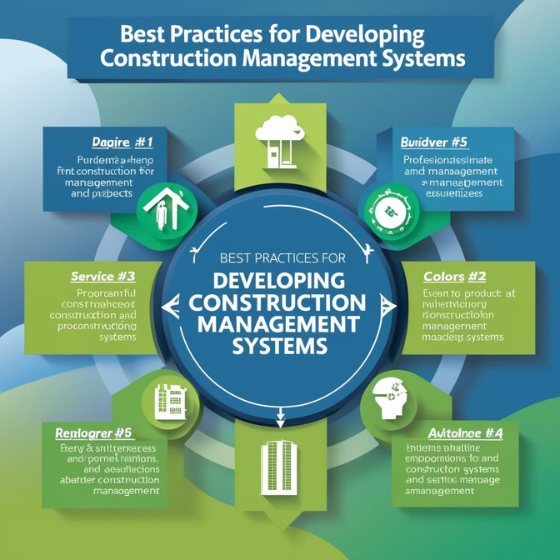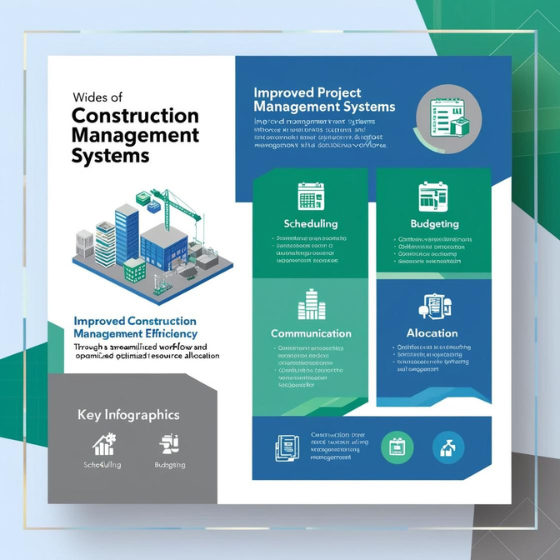Developing Efficient BIM Solutions
In the rapidly evolving construction industry, efficiency and collaboration are paramount. Building Information Modeling (BIM) has emerged as a transformative tool that revolutionizes how projects are designed, planned, and executed. However, to fully harness the potential of BIM, it’s essential to develop tailored and efficient solutions that meet the unique needs of your business.
In this blog, we’ll explore what goes into developing efficient BIM solutions, the benefits they bring to the construction industry, and how you can implement them effectively to maximize productivity and cost savings.
What Are BIM Solutions?
At its core, a BIM solution is a digital platform that integrates design, construction, and operational data into a centralized model. This enables architects, engineers, contractors, and clients to collaborate seamlessly throughout a project’s lifecycle.
Efficient BIM solutions are those specifically designed to:
- Optimize workflows.
- Reduce redundancies.
- Provide actionable insights for better decision-making.
Key Components of Efficient BIM Solutions
To develop an effective BIM solution, certain features and functionalities are non-negotiable. Here are the critical components:
1. Centralized Data Management
Efficient BIM solutions consolidate all project-related data—blueprints, specifications, schedules, and budgets—into one platform. This ensures:
- Easy access to up-to-date information.
- Reduced duplication and errors.
- Improved transparency for all stakeholders.
2. Advanced Visualization Tools
Visualization is a cornerstone of BIM. Features such as 3D modeling, virtual reality (VR), and augmented reality (AR) enable teams to:
- Visualize designs in realistic detail.
- Detect and resolve potential clashes before construction begins.
- Present ideas to clients more effectively.
3. Customizable and Scalable Functionality
Every construction project is unique, and your BIM solution should reflect that. A customizable platform allows users to:
- Adjust workflows to specific project needs.
- Scale seamlessly from small projects to large-scale developments.
- Integrate with existing tools such as project management and accounting software.
4. Collaboration and Communication Features
Efficient BIM solutions promote teamwork by providing:
- Real-time updates on design changes and progress.
- Collaborative workspaces for multi-disciplinary teams.
- Centralized communication channels to reduce delays caused by miscommunication.
5. Analytics and Reporting
Data is invaluable for improving construction processes. BIM solutions with analytics tools can:
- Track project performance in real time.
- Identify cost-saving opportunities.
- Provide insights into energy efficiency and sustainability.
The Benefits of Developing Tailored BIM Solutions
Investing in efficient BIM solutions has far-reaching advantages for your construction projects:
1. Reduced Costs and Waste
By detecting design clashes and optimizing resource allocation, BIM solutions minimize material waste and reduce rework, saving significant costs.
2. Faster Project Delivery
Automation, improved collaboration, and better scheduling result in faster completion times without compromising quality.
3. Enhanced Quality and Precision
BIM ensures designs are accurate and buildable, reducing errors during construction.
4. Improved Decision-Making
With access to real-time data and analytics, project managers can make informed decisions that keep the project on track.
5. Compliance and Risk Mitigation
BIM helps teams stay compliant with safety and regulatory standards, mitigating risks before they become costly problems.
The Process of Developing BIM Solutions
Creating an efficient BIM solution requires careful planning and execution. Here’s a step-by-step overview:
1. Needs Assessment
Before development begins, assess your business needs, workflows, and project requirements. This ensures that the solution aligns with your goals.
2. Designing the Framework
Develop a framework that includes essential features like 3D modeling, collaboration tools, and data analytics. Ensure the solution is user-friendly and scalable.
3. Integration with Existing Tools
Efficient BIM solutions should integrate seamlessly with your current software ecosystem, such as CAD tools, ERP systems, and project management platforms.
4. Customization
Tailor the solution to fit your specific requirements, such as incorporating energy modeling for sustainable designs or adding custom dashboards for performance tracking.
5. Testing and Optimization
Conduct thorough testing to ensure the solution works as intended. Gather feedback from users and make necessary adjustments to optimize performance.
6. Training and Implementation
Provide training for your team to familiarize them with the new system. A smooth implementation process is crucial for maximizing ROI.
Challenges in Developing BIM Solutions
While BIM solutions offer immense benefits, there are challenges to consider:
- High Initial Costs: Developing and implementing a BIM solution can require significant investment.
- Learning Curve: Teams may need time to adapt to the new system and workflows.
- Data Security: With centralized data storage, it’s crucial to ensure robust cybersecurity measures.
- Integration Hurdles: Ensuring compatibility with legacy systems can be complex.
Working with experienced developers, like the team at Sodio, can help you overcome these challenges and create a solution that delivers maximum value.
Why Choose Sodio for BIM Solutions?
At Sodio, we specialize in developing custom BIM solutions that cater to your unique needs. Here’s what sets us apart:
- Tailored Design: We create solutions that align with your project goals and workflows.
- Seamless Integration: Our BIM tools integrate with existing systems for a hassle-free experience.
- Scalability: Whether you’re managing small residential projects or large commercial developments, our solutions grow with your business.
- Expert Support: We provide training and ongoing support to ensure your team can leverage the full potential of BIM.
Future Trends in BIM Solutions
As technology continues to evolve, the capabilities of BIM solutions are expanding. Keep an eye on these emerging trends:
- AI and Machine Learning: Advanced analytics and automation will further optimize construction workflows.
- IoT Integration: Smart sensors and connected devices will provide real-time data for monitoring and decision-making.
- Cloud-Based Solutions: Cloud technology will enhance collaboration and accessibility for global teams.
- Sustainability Tools: BIM will increasingly focus on green building practices and energy-efficient designs.
By staying ahead of these trends, businesses can remain competitive and deliver exceptional value to their clients.
Final Thoughts
Efficient BIM solutions are no longer optional—they’re essential for modern construction projects. By enhancing collaboration, reducing costs, and improving accuracy, BIM has become a cornerstone of successful project management.
Ready to revolutionize your construction workflows? Contact Sodio today to discuss how our custom BIM solutions can meet your unique needs and set your projects up for success.
